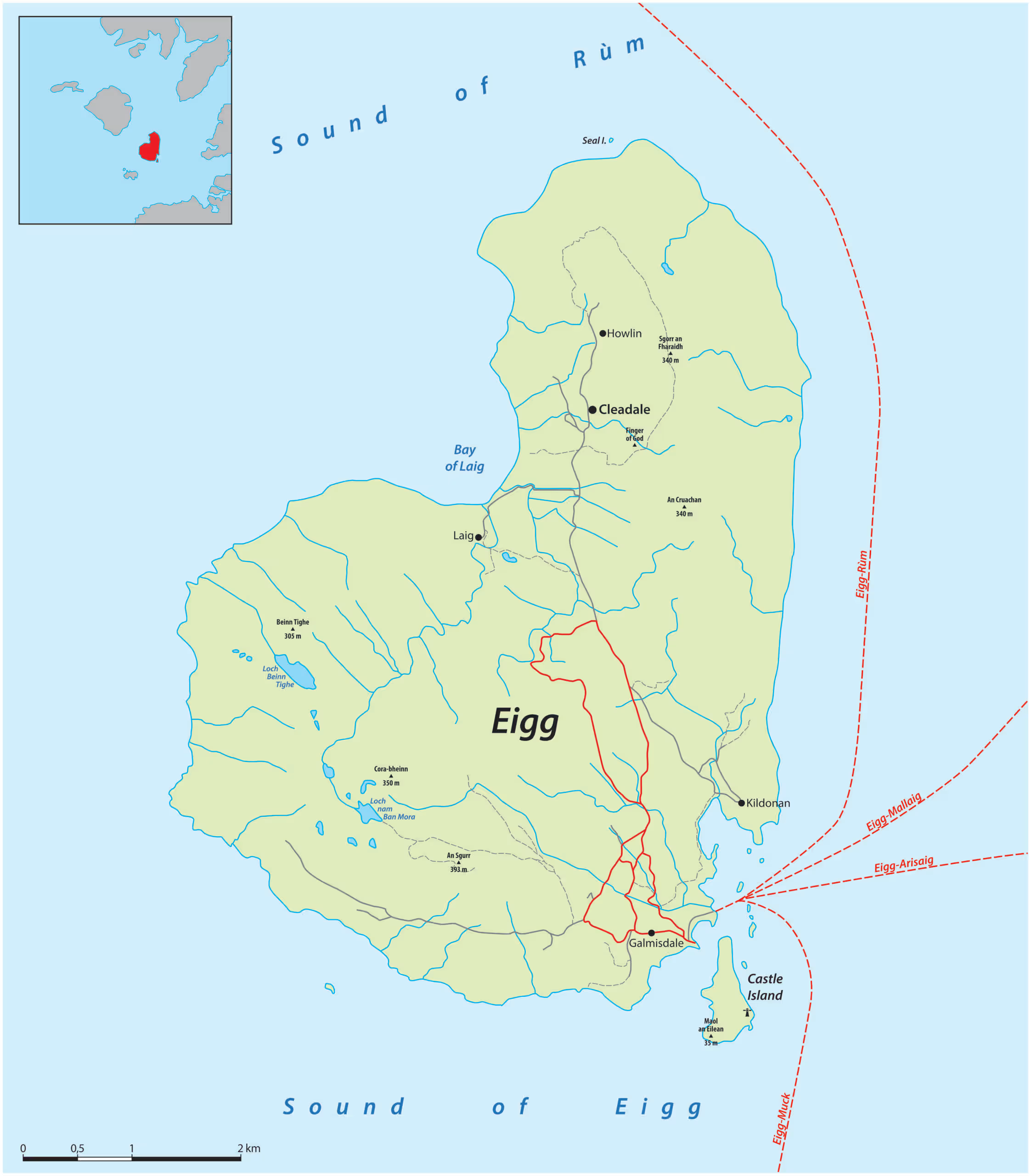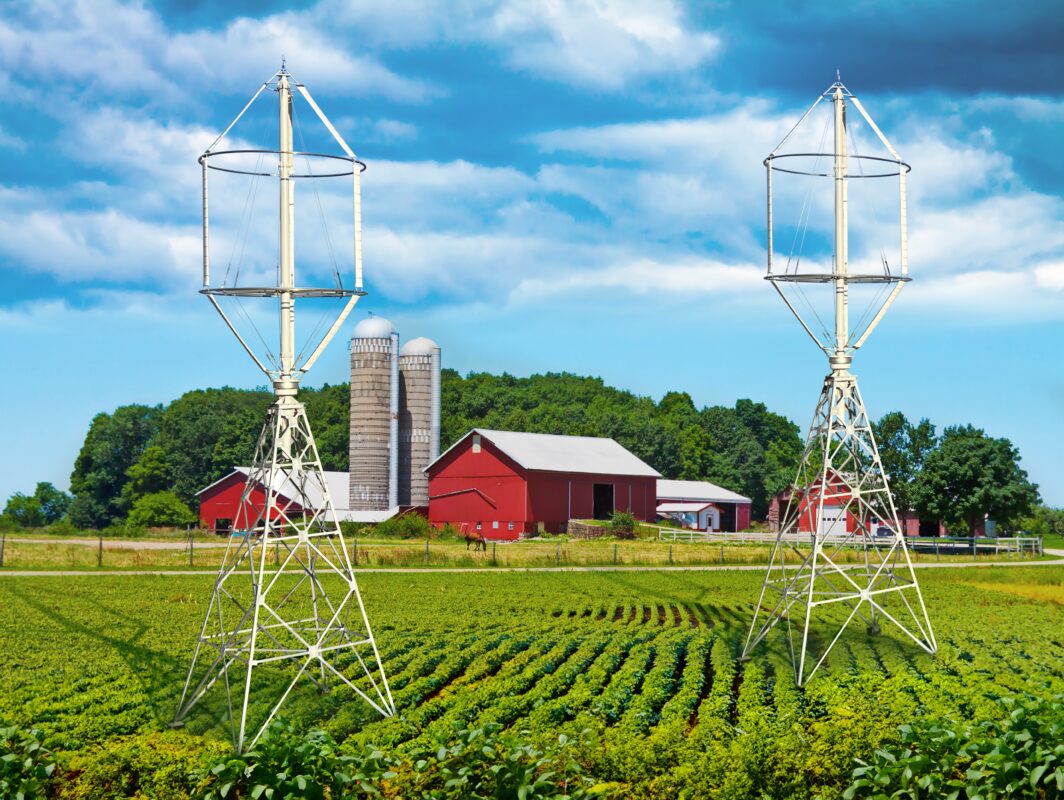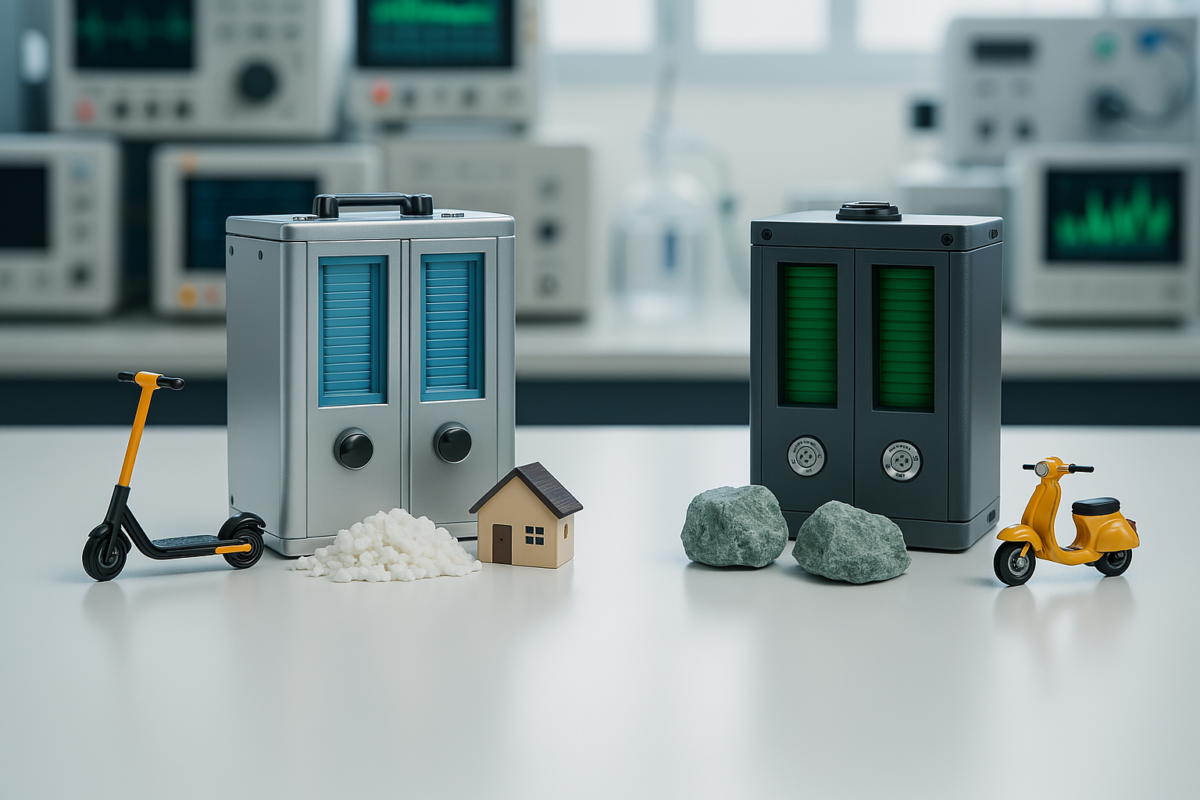The tiny Scottish island of Eigg has accomplished something remarkable that power companies worldwide are watching closely. Since 2008, this pioneering community has operated the world’s first resident-owned, off-grid electric system powered by wind, water and solar. Their autonomous power system stands as a testament to innovation.
This 12 square mile island continues to break new ground with 90-95% of its power coming from renewable sources. The system’s affordability makes this achievement even more notable. The £1.66 million initiative, funded largely by the EU’s European Regional Development Fund, delivers power through an underground microgrid that runs around the clock.
Eigg’s experiment with community power generation has captured widespread attention. The island’s successful integration of wind, solar and hydro power into a unified grid, designed specifically for a small, dispersed remote population, provides crucial insights for the nearly one-fifth of humanity still lacking access to national power grids. This piece examines how this groundbreaking energy island built its power system and why conventional electricity providers should take notice.
Whether you’re a remote village, island, or off-grid community, we’ll help you explore the smartest way to combine small wind, solar, and storage for reliable local power. Contact us today!
The Problem That Sparked a Revolution
Life on the Isle of Eigg comes with its own set of energy challenges. This small Scottish island never had a connection to the mainland’s electricity supply. Its remote location about 16km off Scotland’s Western Coast and other factors made it invisible to national infrastructure planning.
Life before renewable energy: diesel dependency
Many remote communities around the world share Eigg’s story. The island’s small population of just over 100 people lived scattered across its 8km by 6km area. Running underwater power cables from the mainland didn’t make economic sense. The island’s tough terrain and spread-out population made connecting to the grid too expensive.
The islanders had to manage without access to a national grid. They depended on loud, costly diesel generators that worked only a few hours each day. A big change came on June 12, 1997. The Isle of Eigg Heritage Trust bought the island. This partnership between residents, Highland Council and Scottish Wildlife Trust raised an amazing £1.5 million. The fundraising succeeded thanks to islanders, public donations, and a mystery donor who gave one million pounds. The Highland Council, Scottish Wildlife Trust, and Highlands and Islands Enterprise helped raise the purchase price, with Enterprise giving a £17,000 grant.
The community buyout gave islanders control of their future. This move laid the groundwork for what would become a leading example of eco-friendly energy innovation worldwide.
How Eigg Built Its Own Power System
The Isle of Eigg switched to its groundbreaking hybrid power system in 2008. This shift made the island almost independent from mainland oil imports. Such a remarkable achievement came from careful planning and innovative engineering.
Energy mix: wind, solar and hydro
The island’s residents chose a balanced approach to energy generation. Three hydroelectric generators power the island – one large 100kW unit and two smaller 5-6kW units that use Eigg’s abundant rainfall. The system includes four 6kW wind turbines that generate up to 24kW. Photovoltaic arrays add another 50kW to the mix. This combination provides 95% of Eigg’s electricity from renewable sources.
Small wind turbines – why they make sense
Eigg chose to install four smaller turbines instead of one large unit at the island’s southern end where wind conditions are ideal. This strategy reduces visual impact and provides reliable output in winter months. These small wind turbines can run continuously through windy periods.
Eigg proved it’s possible, and your community could be next. Let’s find out if small wind and storage are the key to your energy future. Reguest free feasibility study today!
How the microgrid and battery bank work
Twelve inverters form the system’s core and control voltage and frequency. Power reaches across the island through an 11km underground cable network. Transformers step down high voltage to levels suitable for homes. A robust battery bank can power the entire island for up to 24 hours.
Smart usage: caps, metres and traffic lights
The system limits households to 5kW maximum usage while businesses can use up to 10kW. Each property comes equipped with a wireless “Owl” energy monitor that shows current consumption. A traffic light system at the pier indicates whether renewable generation runs low (red) or normal (green).
Backup generators and surplus energy use
Two 64kW diesel generators kick in when battery charge drops below 50% during low renewable generation. Extra energy heats community buildings and provides free winter heating. This smart system has cut diesel usage by 85%, dropping from 51,000 to 7,800 litres per year.
The Role of Community in Powering the Island
The technology behind Eigg’s successful microgrid system is impressive, but the community’s dedication to managing their own power supply stands out even more.
Eigg Electric became a wholly owned subsidiary of the Isle of Eigg Heritage Trust in 2005. The company “runs by and for the island”, which gives residents complete control of their energy future. This community ownership model has become a blueprint for remote communities worldwide.
Residents voted unanimously to set consumption caps: 5kW per household and 10kW for businesses. Each home features an OWL metre that shows up-to-the-minute usage. Users face a £20 penalty if they exceed these limits.

Why Power Companies Are Watching Closely
Eigg’s renewable energy success has drawn worldwide attention. This tiny island serves as a testing site for future energy systems. The island’s innovative power solution shows promise way beyond the reach and influence of its shores.
The Isle of Eigg stands out as a pioneer in off-grid renewable energy systems. The power system has reached 95% renewable penetration annually and shows what self-sufficient energy networks can achieve. This microgrid project has blended multiple renewable sources into an island-wide community system and reduced diesel generator use by a lot.
People from Alaska to Malawi have headed over to Eigg to see if this model could help bring electricity to nearly 1.3 billion people who lack regular access. Community Energy Malawi’s visit proved especially noteworthy. This shows growing interest in energy innovation on islands and remote areas that serve as ground ‘living laboratories’.
The project’s success faces some big hurdles to copy elsewhere. It cost £1.66 million in 2008, with about 96% coming from grants and external funding. The good news is that wider use of microgrids would likely cut installation costs and boost supply quality by solving current technical issues.
Conclusion
The Isle of Eigg proves what determined communities can achieve by taking control of their energy future. This small Scottish island moved from diesel dependency to an amazing renewable energy model that runs on 90-95% clean power. Without doubt, their achievement goes beyond technical breakthroughs. It shows a radical alteration in our approach to energy generation and distribution worldwide.
Their mix of small wind, solar and hydroelectric power, combined with smart energy usage, offers a practical blueprint for other isolated communities. On top of that, their battery storage and backup systems deliver consistent supply despite weather changes. This reliability has transformed daily life on Eigg, something people thought impossible without huge infrastructure investments.
Traditional power companies should definitely pay attention. They spend billions on centralised generation and massive grid networks, while Eigg shows how small-scale, community-owned systems work for local needs. The pressure on conventional energy providers will grow as technology costs drop and climate concerns rise. The Eigg model needs adaptation to work everywhere, but its core principles stay relevant universally.






